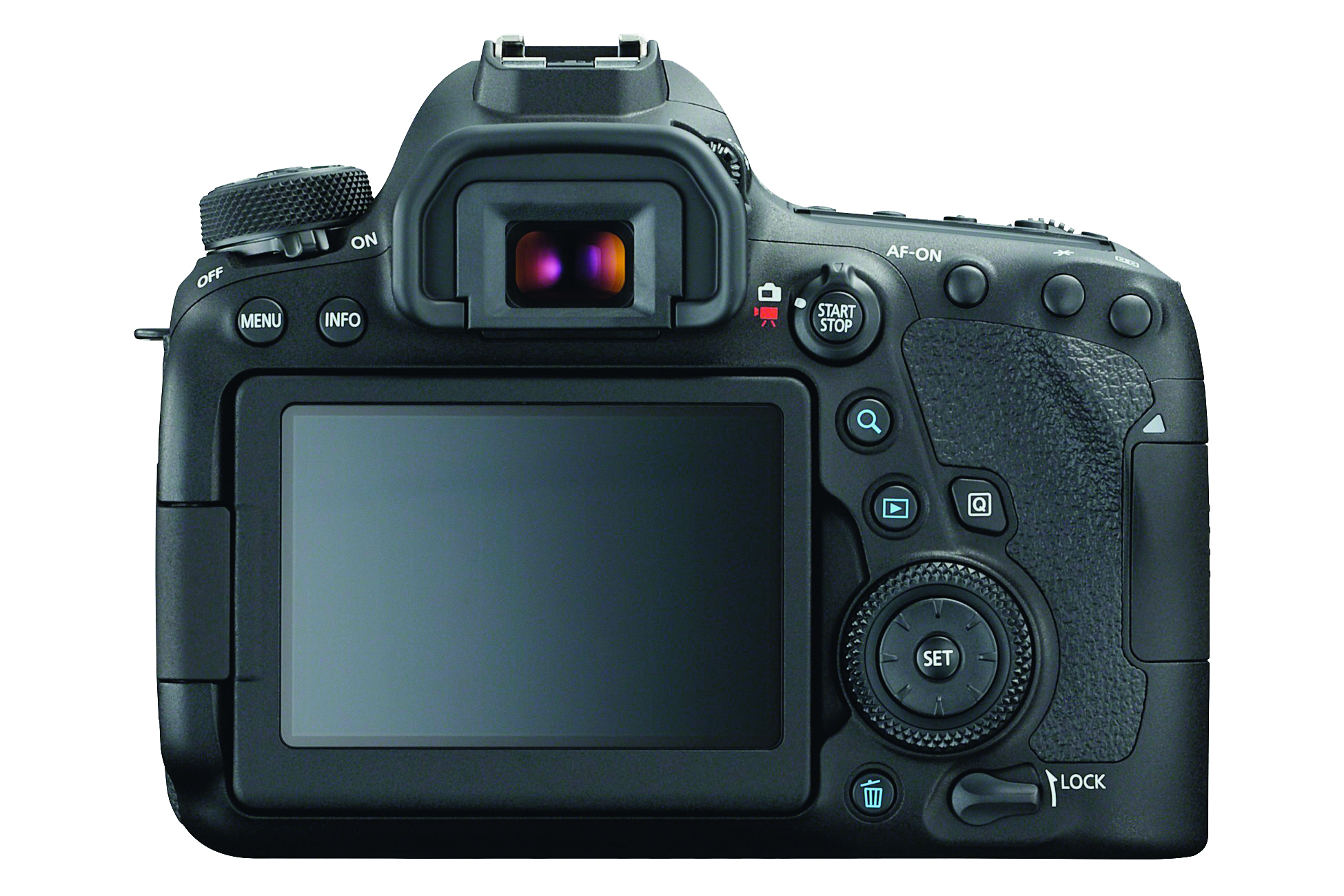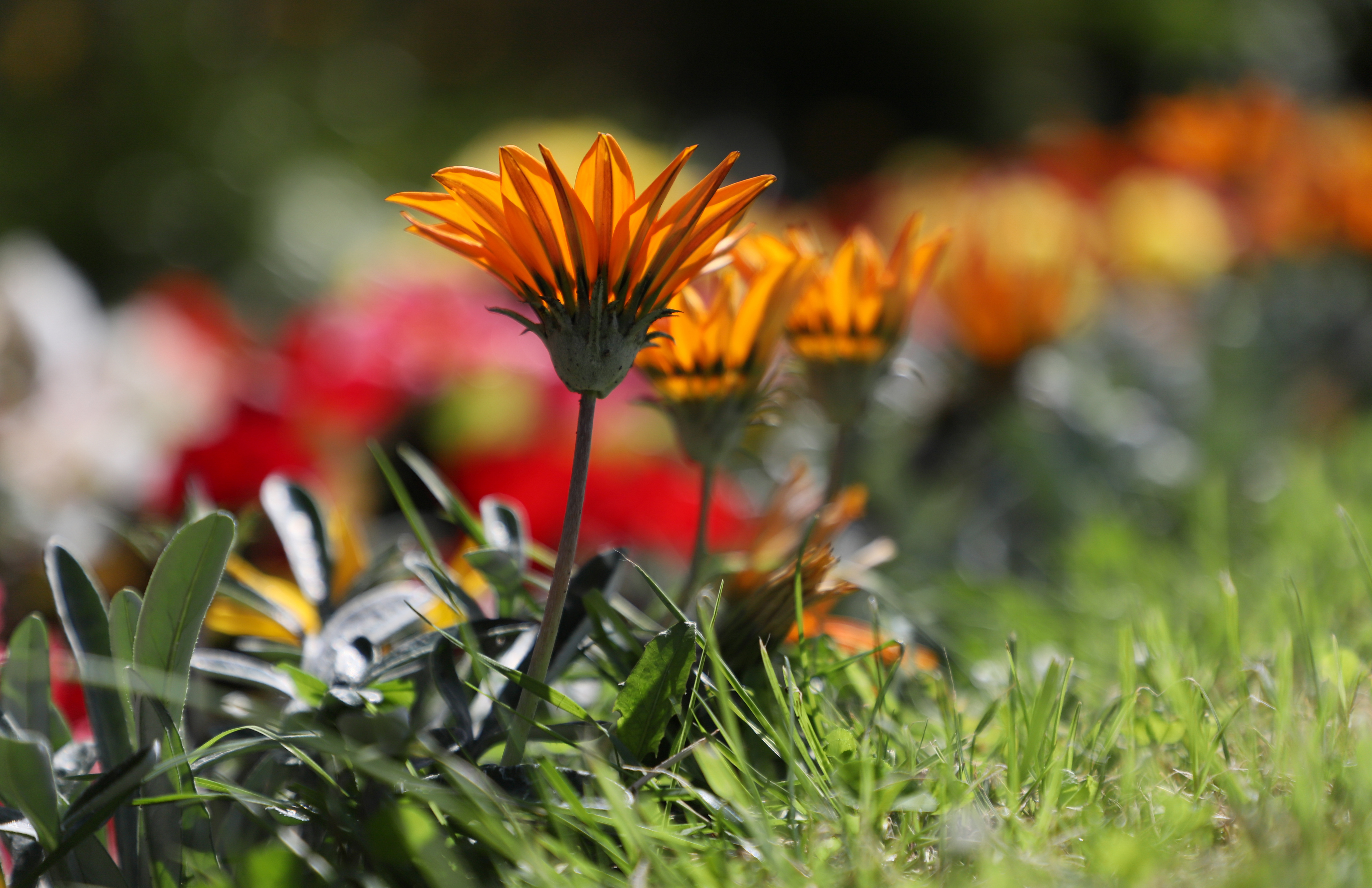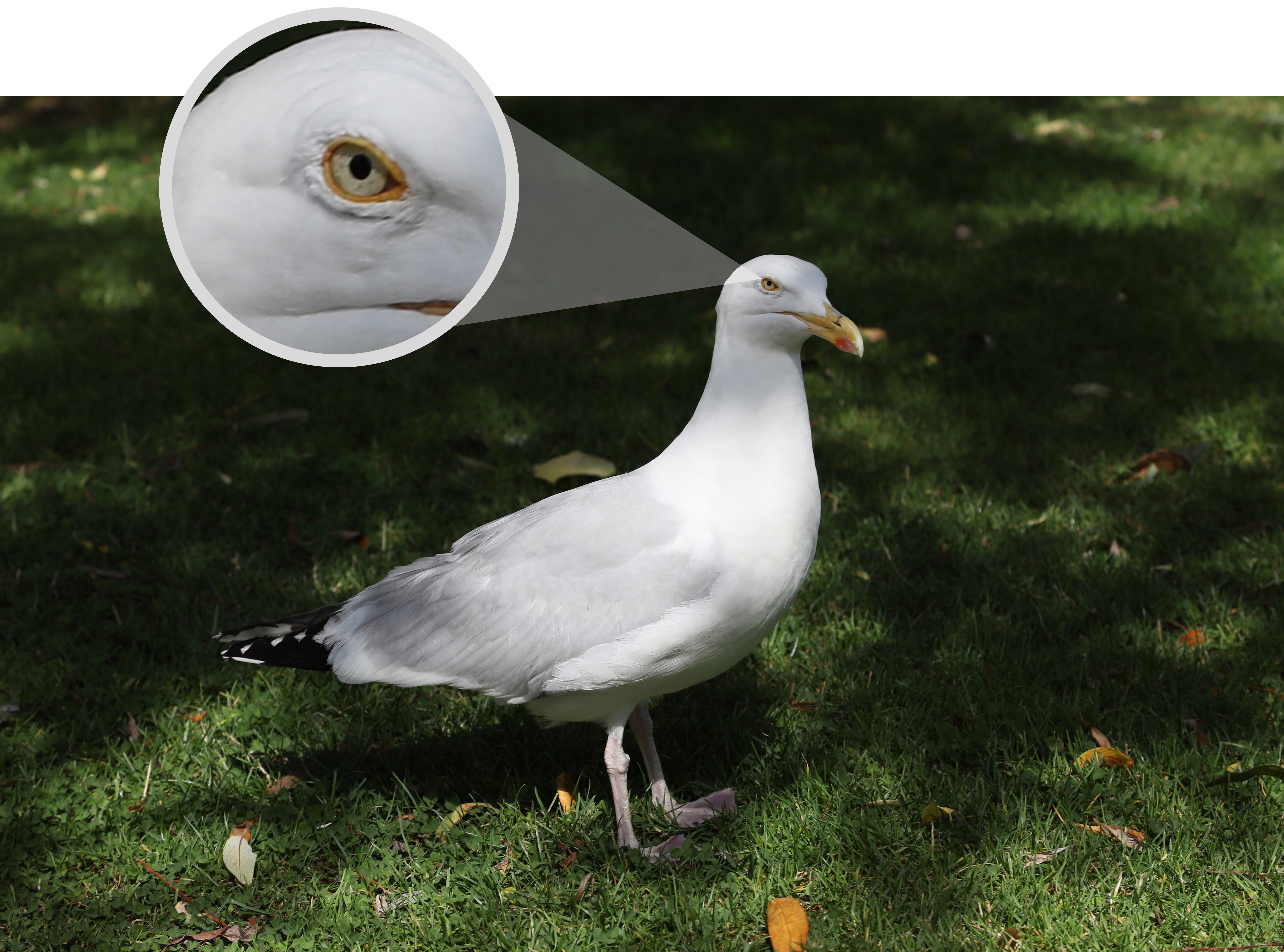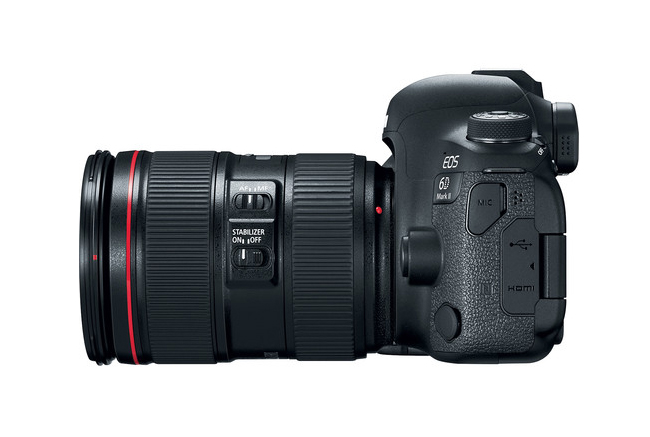Why you can trust Digital Camera World
Build and handling
The EOS 6D Mark II is a nice camera to hold and to use. The smoothed-over contours of the top plate and pentaprism don’t just make the 6D Mark II look good, they make it easier to handle too, as you can just slide your fingers over the surfaces to reach the buttons.
These are organised in a logical pattern and are easily memorised. Four buttons on the top plate handle key shooting settings – AF mode (One-shot AF, AI Focus AF, AI Servo AF), Drive mode, ISO setting and metering pattern – you press the button once and turn the front control dial to change the setting.
Round the back, right where your right thumb rests, there are three more buttons – one for changing the focus point mode (Spot AF, 1-point AF, Zone AF, Large Zone AF, Auto selection AF), an AF-L/AF-L button and an AF-On button for independent autofocus activation in sports and action shoots.

There’s no separate drive mode dial, and although the 6D Mark II is faster than its prececessor, its 6.5fps continous shooting mode and limited RAW buffer capacity mean it’s not the ideal camera for sports.
This is a twin-dial camera, as you’d expect at this level. There’s one dial on the top of the grip and the second dial is on the back of the camera, around the four-way directional buttons. Both work well, with a firm and postive ‘click’ action.
As well as the physical controls, Canon has also included an interactive, touch-sensitive Q menu. The touch control works really well, both for settings changes and focus control in live view mode. The screen is very good and the fact that you can flip it out and rotate it to any angle makes it more useful still. It’s crisp, clear and vibrant, though it’s easily swamped by bright daylight, where you’re better off using the camera’s optical viewfinder.
This is very good too, though it doesn’t quite offer a 100% view, so now and again you might find objects right at the edges of the frame that you thought you’d kept out.
Overall, the EOS 6D Mark II feels very nicely made. The controls are slick and well-designed and for its intended market – keen amateurs and professionals looking for an affordable all-rounder – it works really well.

1. Exposure metering
This backlit window gave the 6D II’s Evaluative metering no trouble at all, but it did prove unpredictable at other times.
2. Noise and detail
At first glance the EOS 6D II’s high-ISO JPEGs look pretty clean, though raw files look a good deal noisier.
3. Dynamic range
The 6D II’s dynamic range is adequate, but doesn’t quite match up to the standard of the old model, surprisingly.
Performance

The new 45-point autofocus system is terrific, both for static and moving subjects. It may not have the technological clout of Canon’s top cameras, but it’s nevertheless fast, versatile and simple to use. However, its coverage is pretty restricted. Looking through the viewfinder, it’s clear that the entire 45-point area is covers not much more than a third of the width and the height. That’s fine if your subject is near the centre of the frame, but if it’s way off-centre you’ll need to use the old focus-lock-reframe-shoot technique.
Alternatively, you can switch to Live View. This is where the new Dual Pixel CMOS sensor really pays off, with on-sensor phase detection autofocus so fast you might think you’re using a mirrorless camera, and the autofocus area now goes almost to the edges of the screen. You tap where you want to focus and, and you can enable touch shutter release too.
The exposure metering system is good overall but can catch you out. The EOS 6D Mark II has Canon’s Highlight Tone Priority, which jiggles with the ISO to provide better highlight rendition and hence dynamic range – this does require the ISO is set to a base level of 200 and can’t be used with the camera’s multiple exposure or HDR modes.
It does a good job, preserving subtle cloud detail in bright skies in outdoor shots that might otherwise be lost, for example, but that’s just as well, because the 6D II’s default Evaluative metering leaned towards overexposure in our tests. It also seems heavily weighted towards the centre of the frame (or the active focus point), so some scenes with a darker centre came out brighter than we would expect from an evaluative/multi-pattern metering system.

The image quality is good, though the fine detail in JPEGs is slightly compromised by a processing style we’ve seen in Canon cameras before – good noise control but at the cost of super-fine detail, and with rather heavy-handed edge sharpening.
This good noise control extends right up to the 6D II’s ISO 40,000 maximum, though a comparison of JPEG images and raw files reveals just how much noise reduction is being applied to the in-camera JPEGs. Adobe already supports the 6D II’s raw files, and Adobe Camera Raw or Lightroom will let you get a better balance between noise and detail at high ISO settings..

Before we write off the 6D II’s JPEGs completely, it’s worth pointing out that the camera can apply automatic distortion, chromatic aberration, diffraction and peripheral shading correction with Canon lenses (we used the new EF 24-105mm f/4) and it does it very well indeed. You can also do this with the raw files, but you’ll need software which offers lens correction profiles.
In summary, the 6D Mark II’s operational performance is very good indeed. The exposure system is mostly good too, but it’s not so easy to second-guess what it’s going to do in high-contrast lighting. Likewise, we’ve got few complaints about the image quality – it’s not exceptional, but its perfectly adequate for this camera’s market.
Current page: Build and handling, performance
Prev Page Introduction and features Next Page Specs and lab testsThe sister print publication to this website, Digital Camera Magazine is Britain's best-selling photography publication – and it can also be purchased outside the United Kingdom as Digital Camera World.
Digital Camera Magazine is packed with more expert advice and more inspirational images than any other title, with the sole aim of helping you become a better photographer. Every issue we also bring you a selection of great gifts which are designed to help you get more from your photography – everything from tips cards and cheat sheets to free software and bookazines.
In addition to inspirational images, interviews, projects, mini tests and tutorials, each issue is packed with news, reviews and comparisons, as well as photographer vs photographer shootouts and head-to-head challenges using the best photo editing software.
The magazine is captained by Editor Niall Hampton.


